More from the Author |
 |
No Place to Hide |
About the Author

PHOTOGRAPH BY MARVIN JOSEPH / THE WASHINGTON POST
Robert OHarrow Jr. is a reporter on the investigative unit at the Washington Post . He is author of No Place to Hide and Zero Day: The Threat in Cyberspace , an ebook produced by the Post . He lives in Arlington, Virginia, with his wife and children.
 @RobertOHarrow
@RobertOHarrow

MEET THE AUTHORS, WATCH VIDEOS AND MORE AT
SimonandSchuster.com
authors.simonandschuster.com/Robert-Oharrow-Jr
Acknowledgments
Several years ago, I went for a regular Sunday walk with my family on the C&O Canal, to the northwest of Washington, DC. We normally followed a path of crushed stone alongside the water, not far from Great Falls. But on this day we went another way, walking on what seemed to be a two-track road through the woods.
I was poking along, giving my son Cormac a chance to keep up, when I noticed a railing off to the side. It seemed out of place in the forest. When I looked more closely, I saw that the rail guarded an open well. There was enough light down below my feet to illuminate words carved into a stone: Capt. M.C. Meigs and Chief Engineer and Anno Domini 1857. It didnt make sense to me. I recalled Meigs vaguely, from a college history course, as a general in the Civil War. Why would a stone memorial refer to him as captain? Why in a well? And why there? I lingered over the matter for a moment and then tucked it away in my mind for another day. Such questions often come and go. But not this time. More than a year later, I began searching for answers. What I found has delighted me ever sinceand shaped the book you hold in your hands.
My effort to write the story about M. C. Meigs would not have gone far without the generosity of a great number of researchers, historians, curators, colleagues, friends, and other sharp readers, who tolerated my questions, guided me to documents, and offered uncounted suggestions for improving my manuscript. I can only hope they know how much I appeciate their efforts.
Among others, I am indebted to Barbara Wolanin, Stephen Berry, Mark Wilson, Peter Cozzens, Douglas L. Wilson, Robert M. Poole, Amy Elizabeth Burton, Elizabeth Terry Rose, Mary A. Giunta, Thomas Jacobus, Eric Hintz, Guy Gugliotta, David Voreacos, Craig Tracy, Ken Webb, and (Ret.) Gen. Montgomery Meigs, a descendent of M. C. Meigs and a senior lecturer at the University of Texas. I owe special thanks to Michelle Krowl, a historian and researcher at the Library of Congress who guided me through the Meigs family files and offered valuable ideas, and to Bill Dickinson, whose enthusiasm about Meigs is infectious and whose suggestions sent me in many interesting directions. David Thomson, a PhD candidate in history at the University of Georgia, read the manuscript behind me for historical accuracy. Louisa Watrousanother descendent of M. C. Meigswas unstinting with encouragement, assistance, and family documents. Thanks also to Daniel Holt, John Lonnquest, Matthew Pearcy, and James Garber for their suggestions.
Along the way, I received help from the Lincoln Studies Center at Knox College and the folks at Cornell University Library who maintain an invaluable online reservoir of the Official Records of the Union and Confederate armies. The Lemelson Center for the Study of Invention and Innovation at the Smithsonian National Museum of American History provided a small financial stipend that helped me take time off from work to examine its wonderful files.
I drew on the work of many other scholars and writers. That includes two earlier, admirable studies: Quartermaster General of the Union Army: A Biography of M.C. Meigs , by Russell F. Weigley; and Second Only to Grant: Quartermaster General Montgomery C. Meigs , by David W. Miller. I learned much from essays by Sherrod East, including The Banishment of Captain Meigs . Also illuminating and engaging were the essays in Montgomery C. Meigs and the Building of the Nations Capital, edited by William C. Dickinson, Dean A. Herrin, and Donald R. Kennon. Mark Wilsons The Business of Civil War: Military Mobilization and the State, 18611865, and Erna Rischs Quatermaster Support of the Army provided data and insights that added greatly to my story.
For details about the Civil War and nineteenth-century America in general, I relied on the extraordinary work of James McPherson in his Battle Cry of Freedom: The Civil War Era and of Allan Nevins, including the volumes comprising his Ordeal of the Union , The Emergence of Lincoln , and The War for the Union. Margaret Leechs magnificent Reveille in Washington gave insight into the nations capital during the war. For the life of John Meigs, I turned to Mary A. Giuntas poignant book, A Civil War Soldier of Christ and Country: The Selected Correspondence of John Rodgers Meigs, 185964. I learned more than I knew possible about the capitals water system from Harry C. Ways Jr.s fascinating book, The Washington Aqueduct 18521992 . Guy Gugliottas Freedoms Cap: The United States Capitol and the Coming of the Civil War provided keen insights about Jefferson Davis and the struggles between Meigs and Walter, the labor they and others poured into the Capitol and the significance of those efforts to the nation. I also drew on the terrific, interesting History of the United States Capitol: A Chronicle of Design, Construction, and Politics by William C. Allen.
The backbone of The Quartermaster at least until Lincoln calls on Meigs to serve as quartermaster generalis the transcription of some 2,800 pages of the shorthand journals that Meigs kept while supervising work in the nations capital before the war. This is a story in itself. The transcriber was William Mohr, a shorthand specialist who retired in 1989 as official reporter of debates for the U.S. Senate. In 1991, Mohr began working closely with a group of smart, dedicated folks to make sense of Meigss seemingly inscrutable shorthand journals after they came to the attention of Richard Baker, Senate historian, and Barbara Wolanin, curator for the Architect of the Capitol. A ten-year-long effort to transcribe and publish the journals included specialists from the Architect of the Capitol, the Senate Curator, the Senate Historical Office, and the Library of Congress. I relied primarily on the complete transcript of Meigss journals. I also drew on Capitol Builder: The Shorthand Journals of Montgomery Meigs, 18531859, 1861, edited by Wendy Wolff, an engaging, abridged version of the transcript that includes related observations.
Thanks to Amy Rennert for helping so ably as my agent and advisor, and to Alice Mayhew, my editor at Simon & Schuster, for her guidance and spot-on editing and advice. Alice and her talented colleague, Stuart Roberts, helped me at every step during the long haul to the books completion.
I cannot express enough gratitude to the Washington Post , the news organization that has sustained me for more than a quarter-century. I owe much to former owner, Don Graham, a remarkable man and a great steward of the newspaper through both good and hard times. Thanks to our current owner, Jeff Bezos, the Post has new life. I am indebted to a long line of editors who have helped me and taught me along the way. Lynn Medford, the former editor of the Washington Post Magazine , and David Rowell, her deputy, gave shape to the article that became the seed of The Quartermaster . I owe much to investigations editor Jeff Leen for his counsel, ideas, and steadfast leadership.

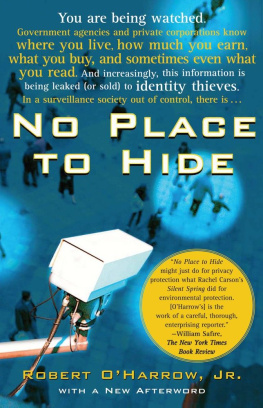
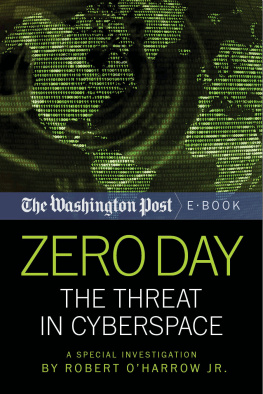

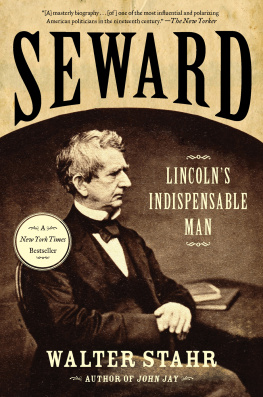

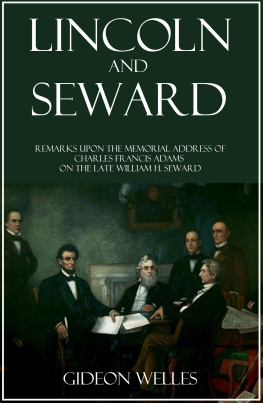
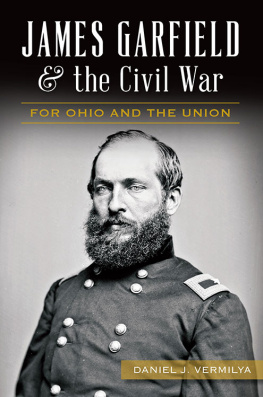
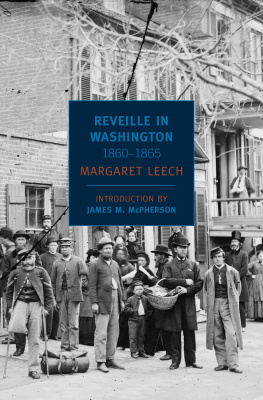




 @RobertOHarrow
@RobertOHarrow